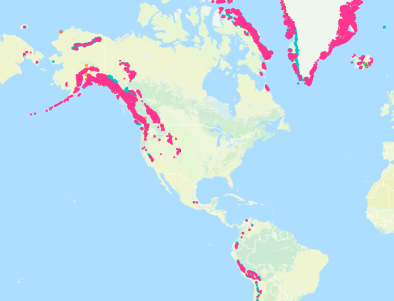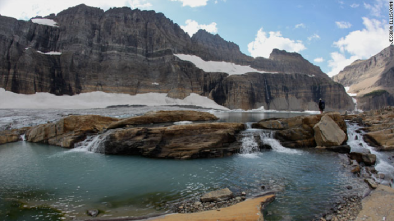Science Source
Changes in snowmelt runoff timing in Western North America under a 'business as usual' climate change scenario
- States that spring snowmelt is the most important contribution of many rivers in western North America
- Observes a shift in the timing of springtime snowmelt towards earlier in the year already during 1948–2000 in many western rivers
- Projects streamflow timing changes for the 1995–2099 period using regression relations between observed streamflow-timing responses in each river, measured by the temporal centroid of streamflow (CT) each year, and local temperature (TI) and precipitation (PI) indices
- Finds that under 21st century warming trends predicted by the Parallel Climate Model (PCM) under business-as-usual greenhouse-gas emissions, streamflow timing trends across much of western North America suggest even earlier springtime snowmelt than observed to date
- States that projected CT changes are consistent with observed rates and directions of change during the past five decades, and are strongest in the Pacific Northwest, Sierra Nevada, and Rocky Mountains, where many rivers eventually run 30–40 days earlier
- States the modest PI changes projected by PCM yield minimal CT changes
- States the responses of CT to the simultaneous effects of projected TI and PI trends are dominated by the TI changes
- Finds that regression based CT projections agree with those from physically-based simulations of rivers in the Pacific Northwest and Sierra Nevada
Related Content
Real Time Data

Nov 22, 2016 | National Snow and Ice Data Center
Global Land Ice Measurements from Space (GLIMS)
Headline

Nov 22, 2016 | CNN
Montana's melting glaciers: The poster-child for climate change
Headline

Nov 22, 2016 | Mother Jones
7 More National Parks Threatened by Fire
Science Source
| American Meteorological Society
Climate-Driven Variability and Trends in Mountain Snowpack in Western North America
Philip Mote


